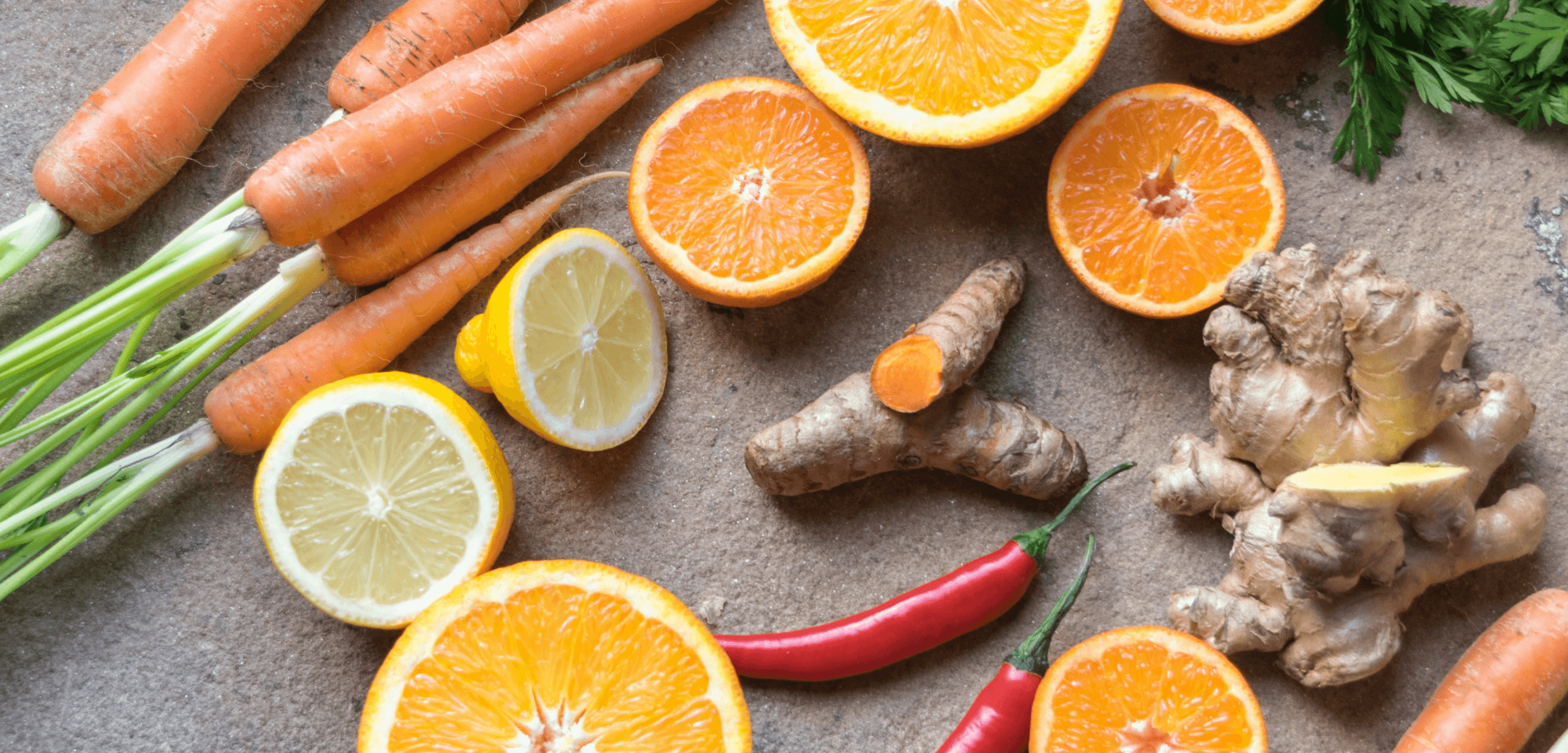
When you’re dealing with Candida overgrowth, the focus is usually on what not to eat — sugar, bread, wine, fun (kidding… kind of). But equally important is what you do eat.
Certain foods can actually help support your body’s natural defences, create an environment yeast doesn’t like, and fuel your gut’s healing process.
Here are the top foods that may support Candida balance — and why they deserve a place on your plate.
A Candida-fighting superstar. Garlic contains allicin, a compound with natural antifungal, antibacterial, and antiviral properties.
Tip: Crush or chop garlic and let it sit for 10 minutes before cooking — this activates allicin.
Coconut oil is rich in caprylic acid and lauric acid — both of which have antifungal effects shown to target Candida.
Use it to: Cook veggies, roast proteins, or stir into herbal tea for a creamy twist.
Spinach, kale, rocket, and chard are packed with bitter compounds that support liver detox and help alkalise the body — creating an environment yeast doesn’t love.
Bonus: Bitter greens may also help reduce sugar cravings over time.
Warming and antimicrobial, ginger supports digestion, circulation, and immune function — all key when dealing with Candida.
Try it: Fresh in tea, grated into stir-fries, or blended into smoothies.
Cruciferous vegetables like broccoli, cauliflower, cabbage, and Brussels sprouts contain sulphur compounds that help the body detox — especially through the liver.
Heads up: Some people with gut sensitivity may need to cook these well to avoid bloating.
While most fruit is off the table during a Candida cleanse, wild blueberries are lower in sugar and higher in antioxidants that help fight oxidative stress and inflammation.
Tip: Keep servings small and pair with fat or protein to reduce blood sugar spikes.
Fermented foods like sauerkraut, kimchi, and coconut yogurt contain beneficial bacteria that help rebalance your microbiome.
Caution: If you’re early in your cleanse and experience bloating or histamine reactions, pause ferments and try again in the rebuild phase.
Rich in collagen, gelatin, and amino acids like glutamine, bone broth is soothing, nourishing, and ideal for gut repair.
Tip: Sip warm between meals or use as a base for soups and stews.
Check out: How to Start a Candida Cleanse
High in zinc and plant-based compounds that may naturally discourage parasitic and fungal overgrowth.
Best enjoyed: Lightly roasted with olive oil and sea salt.
A Candida-friendly protocol isn’t complete without herbal support.
Pro tip: Rotate teas to keep things gentle and effective.
Supporting Candida recovery isn’t just about what you eliminate — it’s about what you add in.
Look for:
Food is medicine — especially when it comes to your gut.
This content is for informational purposes only and not intended to diagnose, treat, cure, or prevent any disease. Always consult your healthcare provider before making dietary changes, especially if you have existing health conditions or are on medication.
Don’t stop now — your microbiome’s just getting warmed up: